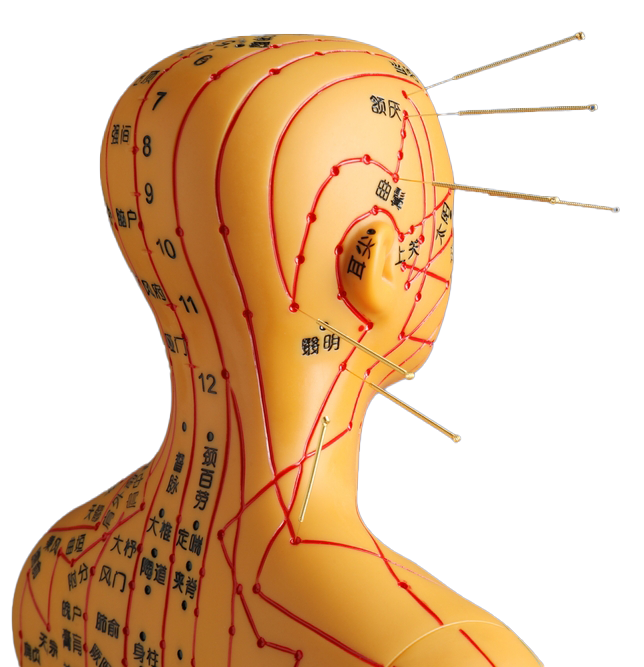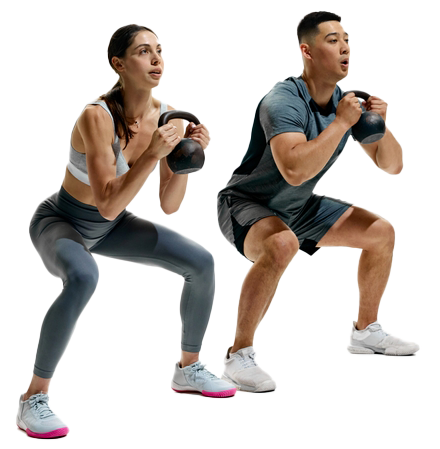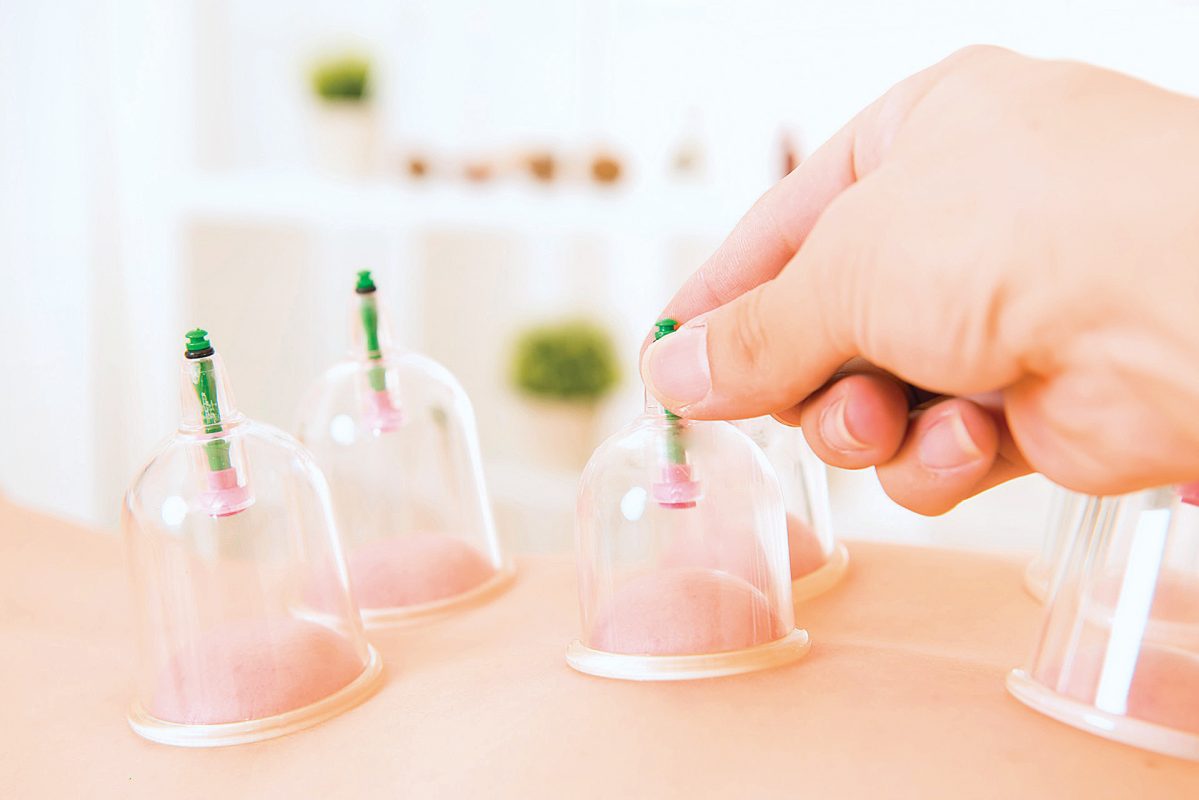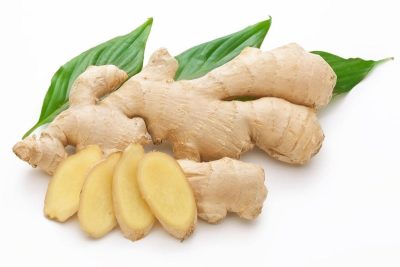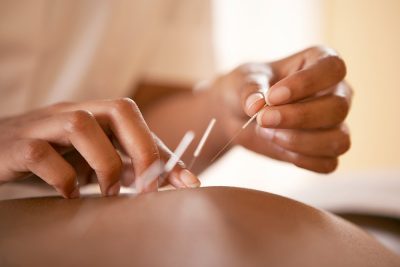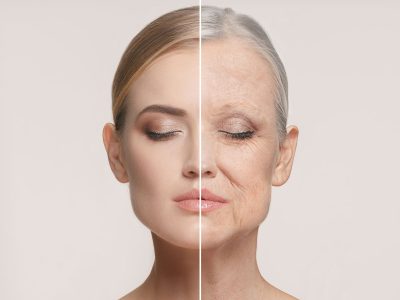- Facet joint Radiofrequency Thermocoagulation (RFT) Treatment
- Radiofrequency Thermocoagulation Dorsal root ganglion (DRG) radiofrequency thermocoagulation (RFT)
- Discitis Procedure
- Sacroiliac Joint Radiofrequency Treatment (Simplicity)
- In-Disc Ozone Therapy
- Nucleoplasty
- Transforaminal Injection (Pinpoint)
- Facet joint block
- Epidural Injection
Cupping therapy - Cupping
- Home
- Complementary Medicine Methods
- Cupping therapy - Cupping
Contents
Toggle- Creating an individualised treatment plan
- The role of different specialities (physiotherapist, orthopaedist, psychologist, neurosurgeon)
- Pain treatment during pregnancy
- Treatment of chronic pain in the elderly
- Pain management in children
- Stress management
- Healthy eating
- Ergonomic living arrangements
- Exercise and mobility
- Facet joint Radiofrequency Thermocoagulation (RFT) Treatment
- Radiofrequency Thermocoagulation Dorsal root ganglion (DRG) radiofrequency thermocoagulation (RFT)
- Discitis Procedure
- Sacroiliac Joint Radiofrequency Treatment (Simplicity)
- In-Disc Ozone Therapy
- Nucleoplasty
- Transforaminal Injection (Pinpoint)
- Facet joint block
- Epidural Injection
- Cancer pain
- Permanent Epidural / Spinal Port Application
- Vascular Port (Permanent Vascular Access)
- Trigeminal Nerve RFT
- Blockade of Ganglion Stellatum
- Lumbar Sympathetic Ablation
- Facet joint Radiofrequency Thermocoagulation (RFT) Treatment
- Radiofrequency Thermocoagulation Dorsal root ganglion (DRG) radiofrequency thermocoagulation (RFT)
- Hernia Burning (IDET)
- Discitis Procedure
- Sacroiliac Joint Radiofrequency Treatment (Simplicity)
- Permanent Epidural / Spinal Port - Pump System
- In-Disc Ozone Therapy
- Nucleoplasty
- Peripheral Nerve Block
- Transforaminal Injection (Pinpoint)
- Facet joint block
- Epidural Injection
- Intra-articular Fluid Treatment
- Dorsal root ganglion (DRG) radiofrequency thermocoagulation (RFT)
- Spinal cord stimulation (pain pacemaker)
- Ergonomic living arrangements
- Spinal cord stimulation (pain pacemaker)
- Nucleoplasty
- Radiofrequency ablation
- Herbal solutions
- Dry needle treatment
- Anti-ageing treatments
- Ozone therapy
- Cupping therapy - Cupping
- Mesotherapy
- Prolotherapy
- Acupuncture
- Stem Cell Therapy
- Nerve blockages
- Corticosteroid injections
- Massage and relaxation techniques
- Manual therapy
- Electrotherapy
- Neuropathic pain medications
- Anti-inflammatory drugs
- Muscle relaxants
- Painkillers (paracetamol, ibuprofen, etc.)
What is Cupping Treatment (Cupping)?
Cupping therapy or commonly known as cuppingis a traditional method that aims to stimulate blood circulation and lymph flow by placing a cup (container to create a vacuum) in certain areas of the body. In some applications, only vacuuming with a cup (dry cup) is performed, cupping In the so-called "vacuum" application, small incisions are made on the skin before or after the vacuum and some blood is removed. The roots of this approach date back to ancient Chinese, Middle Eastern and Anatolian medicine.
Types of Cupping Treatment
- Dry Cupping (Dry Cupping):
- Glass, silicone or plastic cups are vacuumed onto the skin.
- It is aimed to relieve muscle tension and pain by accelerating blood circulation.
- No incisions are made, only vacuum is applied.
- Wet Cupping (Wet Cupping / Cupping):
- In addition to dry cupping, tiny incisions are made on the skin.
- The blood taken out through these incisions is thought to "reduce toxins in the body" or improve circulation.
- In the traditional approach, it is believed that cupping can strengthen immunity, relax and revitalise the body.
- Moving Cupping:
- The mugs are gently moved on the skin with massage oil.
- It creates both a vacuuming and massage-like effect. It can be preferred to reduce muscle tension especially in the back and waist area.
How does it work?
- Increasing Blood and Lymph Circulation: When a vacuum is created, more blood flow is provided to that area; in this way, oxygen and nutrient transport increases, and the excretion of toxins accelerates.
- Muscle Relaxant Effect: Negative pressure on the muscles can relieve pain and tension, increase flexibility.
- Regulating Energy Balance: According to traditional beliefs, cupping balances the energy flow by drawing "excess" or "stagnant" blood in the body and relieves "blockage" areas.
Scientific studies have shown that cupping pain relief, muscle relaxation, improving blood circulation have shown that they can have a variety of effects. Nevertheless, it is argued that more extensive research into exactly how the mechanisms work should continue.
In which cases is cupping treatment (cupping) used?
- Muscle and Joint Pains: It can provide relief by increasing circulation in neck, shoulder, waist and back pain.
- Athlete Rehabilitation: For muscle recovery after training.
- Migraine and Headache: In traditional practices, cupping on the back and neck area can support pain relief.
- Stress and Tension: It helps to reduce the tension accumulated in the muscles in situations such as anxiety and insomnia.
- Toxin Excretion and Detox: Practitioners of wet cupping (cupping) in particular state that toxins are removed through the blood.
Possible Benefits of Cupping Treatment
- Pain Reducing Effect: Muscle stiffness, tension and some joint disorders can be relieved by vacuuming.
- Stimulating Blood Circulation: It can increase the nutrition and oxygenation of tissues close to the skin.
- Relaxation and Stress Management: The moderate vacuum pressure created in the body can trigger calming and relaxation.
- Support for Sport: Some athletes share positive experiences of improved performance and accelerated muscle recovery with regular cupping.
Special Considerations for Cupping (Wet Cupping)
- Hygiene and Sterilisation: It is vital that the mugs and sharps used are disposable. It is the most important step in preventing the risk of infection.
- Selection of the Right Points: The regions suitable for the person's discomfort and anatomical structures of the body should be determined.
- Frequency of Application: Too frequent or deep cupping can cause excessive blood loss and fatigue in the body.
- Expert Selection: An expert who is experienced in the field and provides the necessary hygiene and information conditions should be preferred.
- Nutrition and Rest: After cupping, a light diet is recommended and it is recommended to give the body time to rest.
Who Should Not Have Cupping or Cupping Treatment?
- Bleeding Disorder or Use of Blood Thinning Medication: Even small cuts may increase the risk of bleeding.
- Active Skin Infection, Wounds or Inflamed Area: The risk of infection is serious.
- Pregnancy and Breastfeeding Period: Since the safety of the application has not been fully confirmed, a doctor should always be consulted.
- Serious Chronic Diseases: In serious conditions such as uncontrolled diabetes, heart disease or kidney failure, it is important to get a doctor's approval.
- Allergic or Hypersensitive Skin: Diseases that are easily irritated, such as eczema or psoriasis, may require special assessment.
Possible Side Effects
- Bruising and mild pain: Temporary colour change and sensitivity may occur in the area where the cup is applied.
- Dizziness or weakness: In some people, it may occur due to low blood pressure or body reaction.
- Risk of Infection: If hygiene is insufficient, infection or abscess development can be observed, especially in applications such as cupping.
- Allergic Reaction: In rare cases, the materials used or the oils applied to the skin may cause an allergic reaction.
How is it applied and what should be considered afterwards?
- Preparation:
- The application area is cleaned.
- The person's health status, past illnesses and allergy history are learnt.
- Vacuuming:
- The specialist glues the mugs to the skin by vacuuming.
- It can be left in the area for 5-15 minutes.
- Additional Step for Cupping (Wet Cupping):
- Tiny cuts are made on the skin and a small amount of blood is taken.
- Then the cup is applied again and the blood is allowed to flow out.
- Aftercare:
- Light massage or antiseptic solutions can be applied to the application area.
- It is recommended to drink water to meet the body's fluid needs.
It is recommended to avoid intense exercise, hot shower, pool-sauna for the first 24 hours.
Frequently Asked Questions
Is pain felt during the application?
Dry cupping usually gives a slight pulling sensation. Since tiny cuts are made in the skin during cupping, there may be a pinprick-like pain, most people say that it is tolerable.
How many sessions are required?
It depends on the type of discomfort and personal needs. While some people experience relief with a single session, those with chronic conditions can have it done at regular intervals.
How often can it be done?
Cupping is recommended several times a year in traditional beliefs. Dry cupping can be performed more often, but it is still important that the body rests.
Can pregnant or breastfeeding women have it done?
Cupping is not recommended during these periods. It is also preferable to perform dry cupping only with the approval of a doctor and in very limited areas.
How long do cup scars remain?
Usually bruises or circular scars fade within 1-2 weeks. In rare cases, it may take longer depending on the skin structure.
Dry cupping usually gives a slight pulling sensation. Since tiny cuts are made in the skin during cupping, there may be a pinprick-like pain, most people say that it is tolerable.
It depends on the type of discomfort and personal needs. While some people experience relief with a single session, those with chronic conditions can have it done at regular intervals.
Cupping is recommended several times a year in traditional beliefs. Dry cupping can be performed more often, but it is still important that the body rests.
Cupping is not recommended during these periods. It is also preferable to perform dry cupping only with the approval of a doctor and in very limited areas.
Usually bruises or circular scars fade within 1-2 weeks. In rare cases, it may take longer depending on the skin structure.
Conclusion
Cupping therapy is a traditional method and remains popular today for pain management, muscle relaxation and general health support. In particular cupping (wet cupping) is an option that requires hygiene, expert knowledge and appropriate patient selection and should be approached more carefully. If you are considering cupping or cupping, a physician or health professionals specialised in this field, who strictly follow the sterilisation rules consultation is recommended. Remember that it is essential to seek medical advice that is appropriate to your individual circumstances in all matters relating to your health.
Our treatments
- Home
- Complementary Medicine Methods
- Cupping therapy - Cupping
